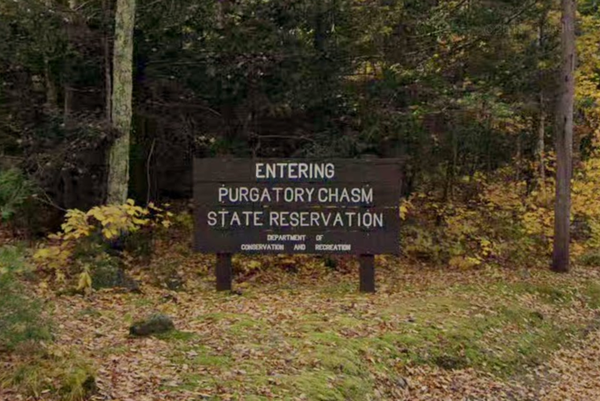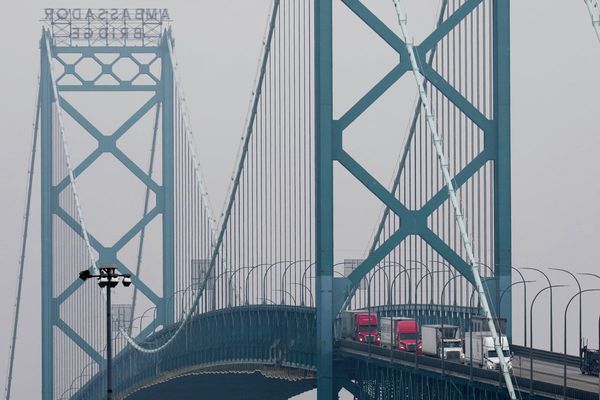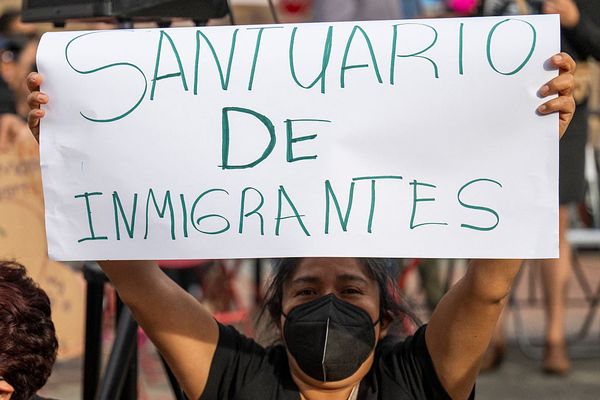
School staff and parents alike say the Government's free lunch programme makes a big difference for their kids. But with the cost of putting food on the table on the rise, the number of hungry mouths to feed is also going up.
In Room 20 at Rowandale School, pupils are reaching for little cardboard boxes filled with lunch. It's Thursday and that means they're eating teriyaki chicken and rice.
"Okay guys, come and get your food. Take a brownie and a cheese," says teacher Carolina Kasi-Sagote.
The seven-year-olds gather together at small tables. They know the rules, says Kasi-Sagote, to sit and eat and talk quietly.
All 650 pupils and teachers at the Manurewa primary school eat the same meals – they are part of Ka Ora, Ka Ako, the Government's $130 million free school lunch programme.
Started in 2019, the programme now reaches more than 222,000 students at 989 schools – about a quarter of all school students.
But with record food prices putting households under continued stress, some teachers and staff at Rowandale say the lunches should be provided to every child at every school – even the wealthiest.
Mum and school office worker, Mina Tamatoa, says the lunches are a blessing for parents who worry about sending their children to school with no food.
"I've been witnessing a lot of parents who enrol their children here. You can see the weight lift when they see the lunch provided," she says.
Pollyanna Paese, who also works at Rowandale, says for some pupils, it is their only meal of the day.
"I think you can tell because you have students – if there are leftovers – who are actually asking if they can take it home."
The lunches at Rowandale are made and delivered by Life Church on Mondays and Fridays, and a Pita Pit franchise Tuesday to Thursday.

As a decile 1A school in one of the poorest parts of Auckland, Rowandale was one of the first to sign up for the free lunch programme. But principal Karl Vasau says it didn't rush in.
It was already providing breakfasts and sandwiches to children, with the support of charities such as Kids Can and Eat My Lunch, and Vasau says the school wanted to make sure it chose the right people to supply the free meals.
There were teething problems around the delivery and there was some waste as the children were getting used to different tastes.
"Most of our children don't eat anything unless it's deep fried, it's brown, or it's got some sauce on it. I know from my own son," says Vasau.
"It took a while for the kids to get used to them, but once they saw their friends eating it, once they saw their teachers eating it, there's very little wastage now."
Vasau says the "pinch and the struggle is real for everybody", but more so for this school's community.
Despite pressure from groups such as Health Coalition Aotearoa to expand the programme, the education minister's office did not respond to questions from The Detail about whether more money would be allocated in this month's Budget.
Room 20 teacher Kasi-Sagote tells The Detail the benefits of the free lunches, as well as the free breakfast, fruit and milk available at the school, are clear.
"If they've missed breakfast in the morning, they'll come in and you'll see they are sluggish."
She arranges for the child to have some cereal or toast and the change is instant.
"They'll come back and their eyes are brighter and they're listening, they're ready."
While the free school lunch scheme fills a gap, it does not mean there are no longer hungry children, says Derek Good, chair of the charity Feed the Need.
"The Government's school lunches have met a particular need. Fantastic, but we've kind of uncovered more needs," he says.
After starting up in 2012 to provide hot meals in schools, Feed the Need has changed its focus to providing family packs, as well as food boxes to young people transitioning from foster homes.
Good says his charity can't meet the demand, because it's difficult to secure ongoing, substantial funding through private businesses.
"There are lots of charities going off and doing things and we don't want to compete. We just want to say, with all that's going on, there's still a gap. We could pick up five schools tomorrow and say 'What do you need?' and they'll say, 'We need 100 packs every day'. That's one school."
Step into Rowandale School and hear more about how the school lunch programme works by listening to the full episode.
You can find out how to listen to and follow The Detail here.
You can also stay up-to-date by liking us on Facebook or following us on Twitter.








